Decoding Technical Specifications: Selecting the Right HV Test Equipment for 110kV Systems
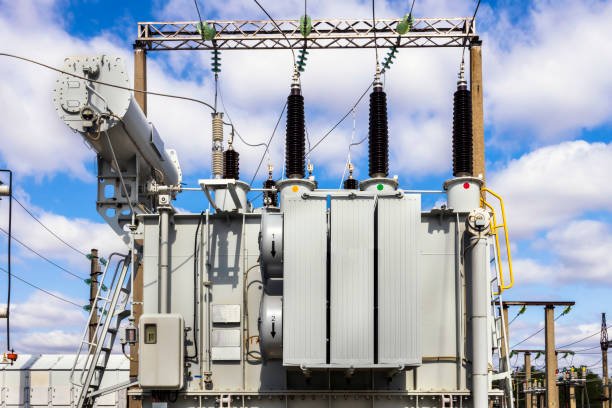
To choose the right HV test gear, look beyond the voltage. Analyze the load capacity, measurement accuracy, and environmental specs to ensure reliable, safe, and meaningful results on your 110kV+ assets.
What is the purpose of an current injection test?
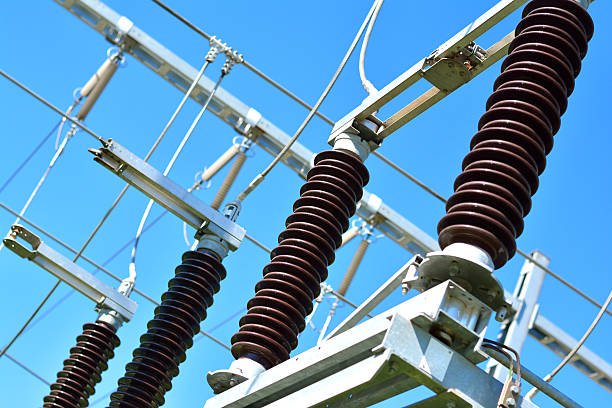
Current injection testing is a diagnostic method used to verify the performance of protective devices like circuit breakers and relays.
A specialized test set injects a controlled electrical current to simulate an overcurrent or fault condition, ensuring the device trips correctly.
What electrical testing is required for a transformer bushing?

Routine electrical testing of transformer bushings is essential for early detection of insulation problems and preventing catastrophic failures. The most commonly used tests are capacitance and tan delta, insulation resistance, and power factor. Advanced diagnostics like DFR and PD testing provide deeper insights and are increasingly used in condition-based maintenance programs.
What Technical Specifications Matter in a Transformer Oil Gas Chromatograph?

A gas chromatography machine is essential because it performs Dissolved Gas Analysis (DGA), the single most effective “blood test” for a transformer. It verifies the requirements for carrier gas purity and the machine’s calibration stability for accurate results.
What is the ROI of an In-House Current Injection Tester vs. Outsourcing?

Owning a current injection tester is a strategic investment. The real ROI comes from reduced downtime and operational flexibility, which far outweighs the initial cost and ongoing service fees.
How Would You Use a Gas Chromatograph After a Substation Trip Event?
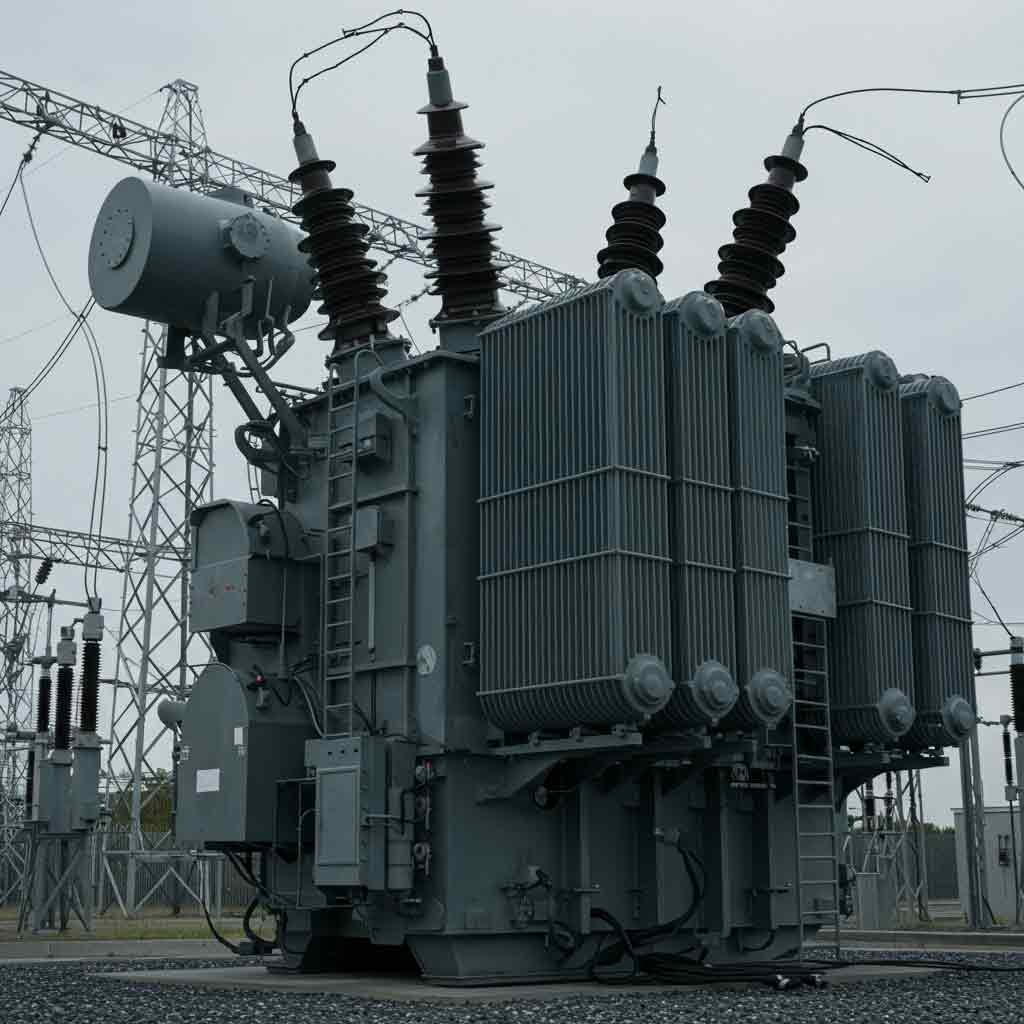
After a substation trip, a portable gas chromatograph is your essential first-response tool. It provides rapid, critical data to ensure safety, protect valuable assets, and guide your next steps effectively.
What are dielectric tests?
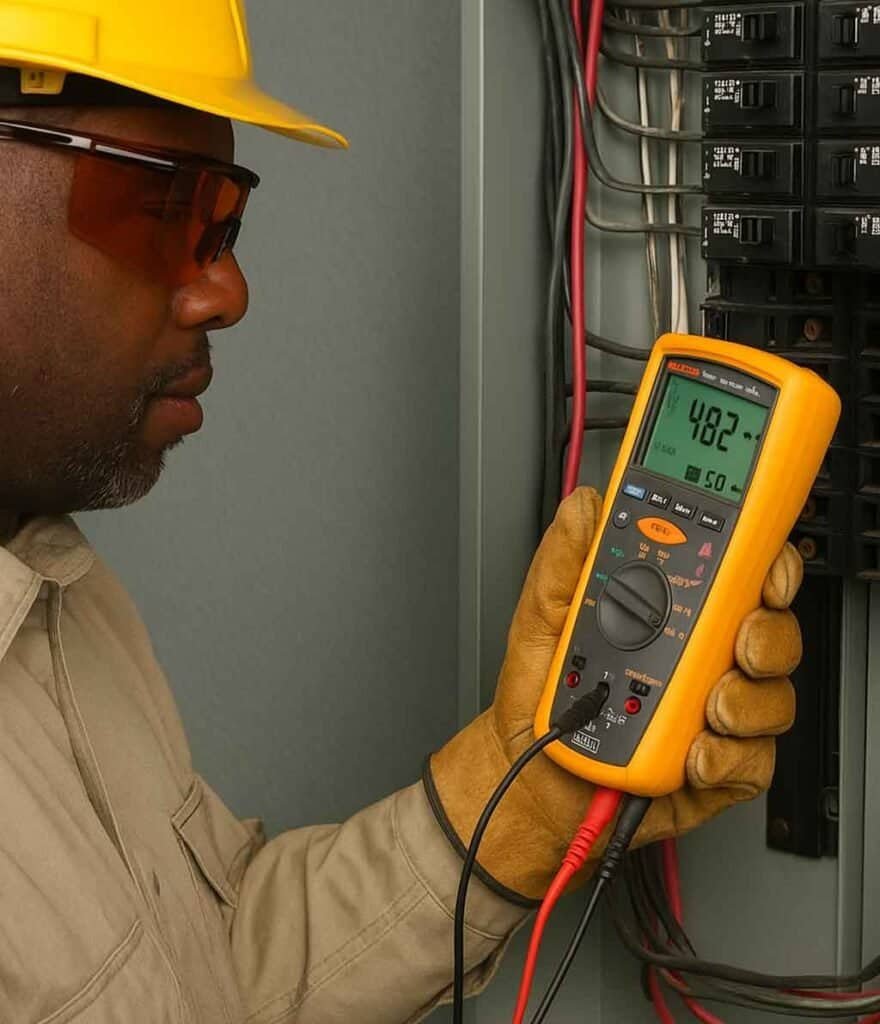
Dielectric tests, or Hipot tests, are essential for verifying insulation strength. They differ from insulation resistance tests and are a non-destructive way to confirm electrical equipment safety and prevent unexpected failures.
How much does a DGA test for transformers cost?
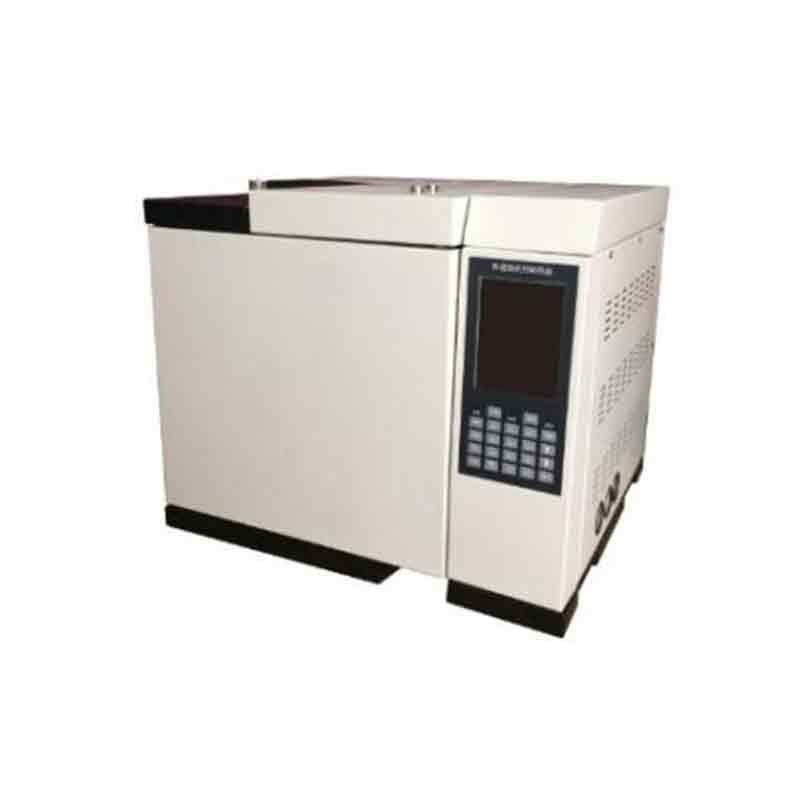
Dissolved gas analysis (DGA) of transformer oil is a technique that measures the types and concentrations of gases dissolved in transformer insulating oil. The cost depends on your method. Sending a sample to a lab costs between $100 and $500 per test. Buying a portable analyzer is a one-time cost of $15,000 to $50,000. An online monitor can cost $25,000 to over $100,000 to install.
What Is an HV Test Kit and How Does It Work?

An HV test kit is an essential tool for electrical safety and reliability. Understanding the correct procedures for testing different assets like cables and transformers ensures you get accurate results and prevent catastrophic failures.
How Do You Test a 22kV Medium Voltage Cable?
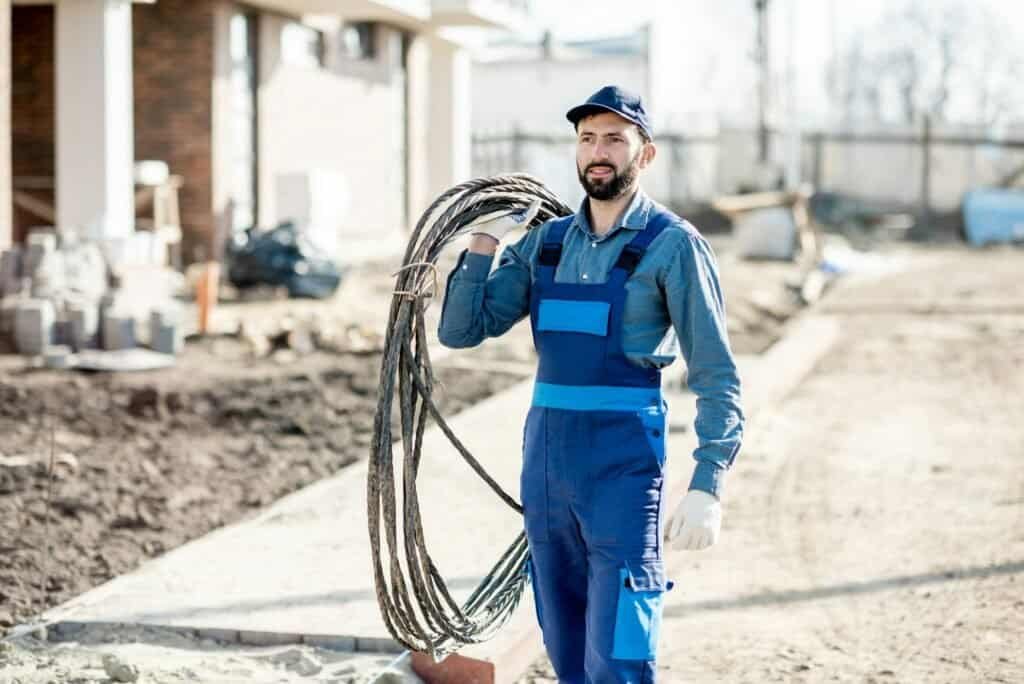
Testing a 22kV cable properly is crucial for power system reliability. Using a sequence of sheath, insulation resistance testing, and VLF hipot tests ensures your cable is sound and ready for service.

